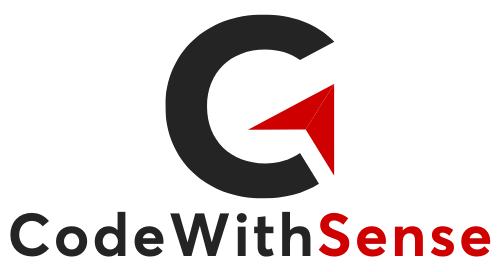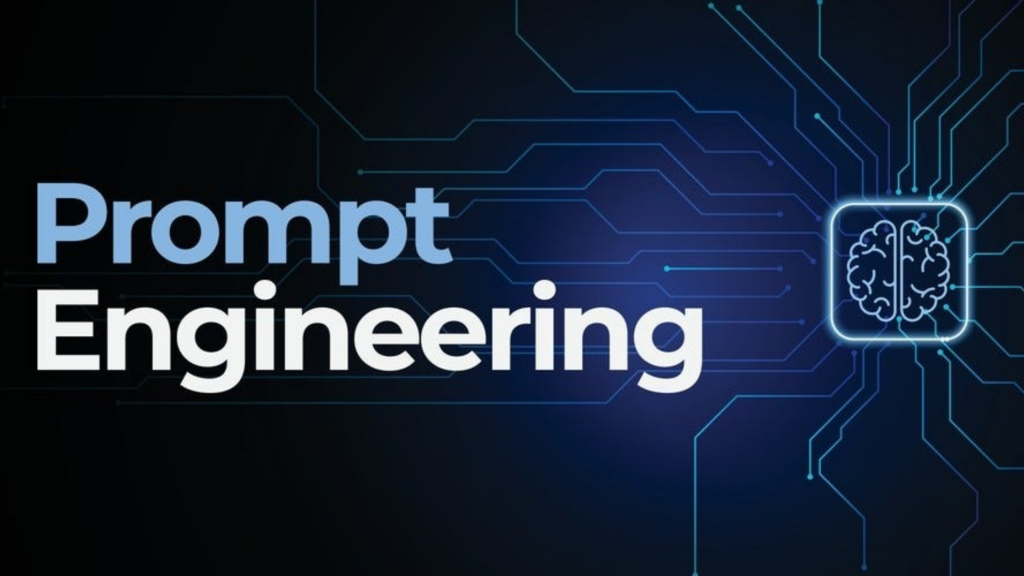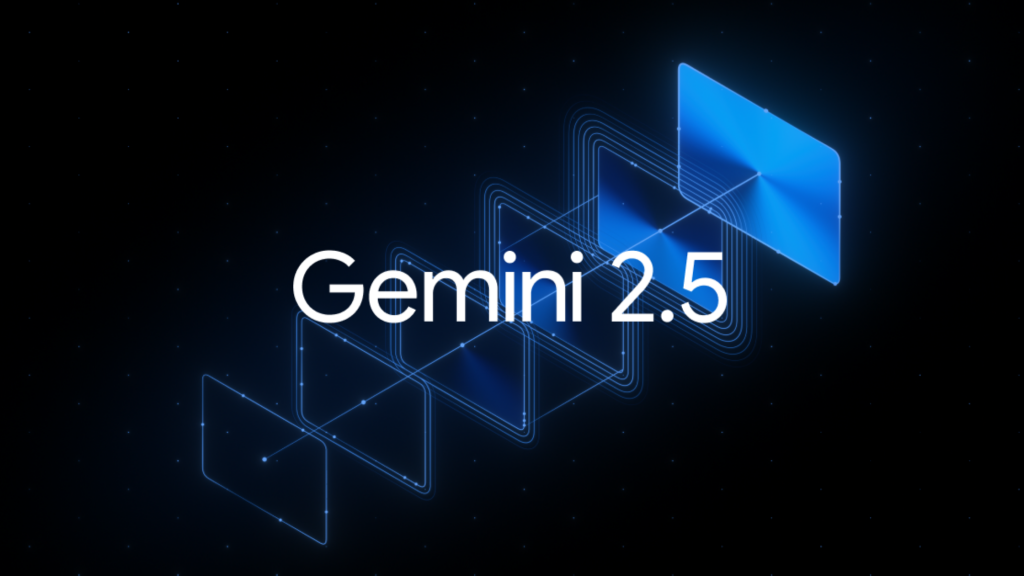In today’s digital-first landscape, B2B organizations are turning to automation to streamline operations, improve efficiency, and stay competitive. But while AI can work wonders in speeding up processes and uncovering insights, fully autonomous systems can’t always match the nuance, judgment, and accountability of human decision-makers.
This is where human-in-the-loop (HITL) AI comes in, a hybrid approach that merges the power of automation with human oversight. By keeping people in the loop, enterprises can enjoy the best of both worlds: the scalability of AI and the critical thinking of human experts. Let’s explore why this balance is essential for modern B2B operations and how it sets the stage for more resilient, trusted, and high-performing organizations.
What is Human-in-the-Loop AI?
Human-in-the-loop AI is an approach where humans are actively involved in the AI lifecycle, from training models to making or validating final decisions. Instead of allowing AI to operate entirely on its own, HITL systems ensure that human experts can intervene, provide feedback, and guide outcomes.
In simple terms, HITL acts as a checkpoint, allowing organizations to harness AI’s speed and scale while avoiding costly mistakes and unintended consequences. Unlike purely automated systems, which can be efficient but sometimes opaque, HITL adds an essential layer of context and adaptability.
For B2B enterprises dealing with high-stakes decisions from supply chain optimization to financial approvals human oversight isn’t optional; it’s a necessity.
The Need for Balance: Automation vs. Oversight
While automation promises impressive efficiencies, blind reliance on machines can create significant vulnerabilities. B2B operations are often complex, involving multiple stakeholders, strict compliance standards, and dynamic market conditions.
Imagine an AI-powered procurement system that automatically negotiates contracts with suppliers. It might select the lowest cost option but overlook critical factors like long-term partnership value, delivery reliability, or ethical sourcing practices. A human buyer, however, can weigh these nuances, ensuring that decisions align with broader strategic objectives and brand values.
Similarly, in customer support, AI chatbots can handle common queries 24/7, reducing costs and wait times. But when it comes to resolving sensitive disputes or interpreting nuanced feedback, human intervention is irreplaceable.
Moreover, regulatory requirements often demand clear, auditable decision processes. Without human oversight, companies risk compliance breaches, reputational damage, and potential legal consequences. By blending automation with human checks, organizations can achieve operational excellence without sacrificing control or accountability.
Enhancing Operational AI Quality
A major advantage of HITL AI is its ability to continuously improve operational AI quality. By involving humans in validating and correcting AI outputs, businesses create a powerful feedback loop that refines and strengthens their systems over time.
Take document processing as an example. AI can swiftly scan and categorize contracts, invoices, and compliance documents. However, exceptions like ambiguous clauses or outdated terms require human review to ensure accuracy and compliance. Over time, the AI learns from these corrections, gradually reducing errors and building trust.
In supply chain logistics, AI may suggest optimized delivery routes to cut costs and improve speed. But a human analyst can account for unexpected events like weather disruptions, strikes, or local restrictions insights that a model alone may miss.
In customer service, AI can handle the first line of interaction and escalate complex or high-stakes issues to human agents. This not only improves response quality but also helps AI systems evolve through real-world feedback, creating a more adaptive and intelligent support framework.
AI Governance and Enterprise Decision Support
As AI adoption grows, so does the importance of strong AI governance. Enterprises need to ensure that their AI systems operate ethically, transparently, and in line with regulatory requirements.
Human-in-the-loop AI naturally strengthens governance frameworks by embedding human judgment into automated processes. It enables clearer audit trails, easier explanations of decisions, and proactive risk mitigation. For example, in finance, an AI-driven credit scoring system might flag high-risk applicants, but a human credit officer can review borderline cases, consider qualitative factors, and provide fairer, more nuanced decisions.
In enterprise decision support, HITL empowers leaders with a combination of data-driven insights and human strategic thinking. AI can quickly identify patterns and anomalies across massive datasets, while human decision-makers bring industry knowledge, ethical considerations, and intuition to the final call.
This synergy builds a foundation of trust both internally and externally demonstrating to stakeholders that automation isn’t replacing people, but empowering them.
Conclusion
Human-in-the-loop AI represents a crucial evolution in how B2B enterprises approach automation. Rather than viewing human oversight as a bottleneck, forward-thinking organizations see it as a strategic advantage, a way to combine machine efficiency with human wisdom.
By integrating HITL AI, businesses can achieve greater operational AI quality, meet governance and compliance standards, and build systems that are not only faster but also smarter and more trustworthy.
As AI continues to redefine B2B operations, the most successful organizations will be those that recognize the value of keeping humans at the heart of innovation. Because in the end, technology should amplify human strengths not replace them.











